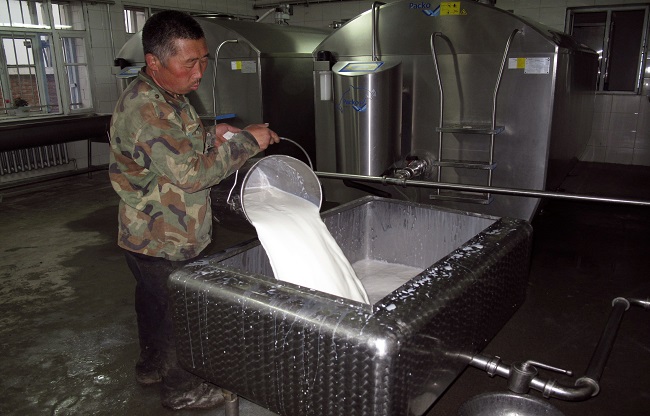At the onset of the COVID-19 pandemic, China found itself surrounded by accusations claiming the virus had originated from Wuhan's market which is known for its exotic animal meats like snakes and bats. China vehemently denied the allegations and shut down the Wuhan market. The exact origins of the virus were never confirmed. Amidst this, the topic of Chinese populations being able to "digest everything" became a point of discussion, yet milk remained a challenger.
Study Findings
An astonishing 92% of Chinese people are lactose intolerant, according to a study published in the American Biomedical Library's National Library of Medicine. The highest incidence rates are in Northeastern China, with the rest of the country also affected at rates exceeding 80%, indicating widespread difficulty in digesting dairy. While some cannot digest milk at all, others suffer from malabsorption, limiting their benefit from milk's nutrients.
Issue Escalates With Age in Children
The Chinese Preventive Medicine Association (CPMA) found that although infants can tolerate milk, tolerance decreases with age. According to CPMA, lactose intolerance develops in approximately 40% of children between the ages of 11 and 14.

Source: aajtak
Understanding Lactose Intolerance
This condition pertains not only to milk but also products derived from it. Lactose, a sugar in milk, requires the enzyme lactase for digestion, which is produced in the small intestine. When the production of lactase is insufficient, digestion of milk becomes an issue.
The Mystery of China's Dairy Dilemma
Historically, dairy was not part of the prevalent Chinese diet. Over time, the population's bodies adapted to this dairy-free diet, resulting in a reduced capacity to produce lactase. Anthropologists have characterized this as a non-dairying culture. Furthermore, there was a prejudice against milk consumption since dairy was a staple in Western countries which China opposed, leading to resistance to Western dietary habits.
In an effort to change this, in 2000, China launched a program encouraging children to consume milk daily to build tolerance from a young age. Parents were also advised to include milk in the family diet.

Source: aajtak
Shifts in Milk Consumption
The social change has led to altered diets and increased dairy consumption. According to the World Economic Forum, while an individual consumed 2 liters of milk annually in 1961, it has now increased to 82 liters—a significant jump.
Lactose Intolerance vs. Milk Allergy
There's a distinction; lactose intolerance causes discomfort like nausea and bloating for a short duration after consuming dairy and often resolves independently. A milk allergy, however, triggers the body's immune system to respond aggressively to milk proteins, potentially resulting in anaphylaxis, which is a severe allergic reaction that can be life-threatening without immediate treatment.
Milk Production Continues To Grow
Despite the widespread intolerance, milk production in China is booming. The United Nations Food and Agriculture Organization reported that the world produced 929.9 million tons of milk in 2021, with India contributing the most, followed by the United States and then China.




